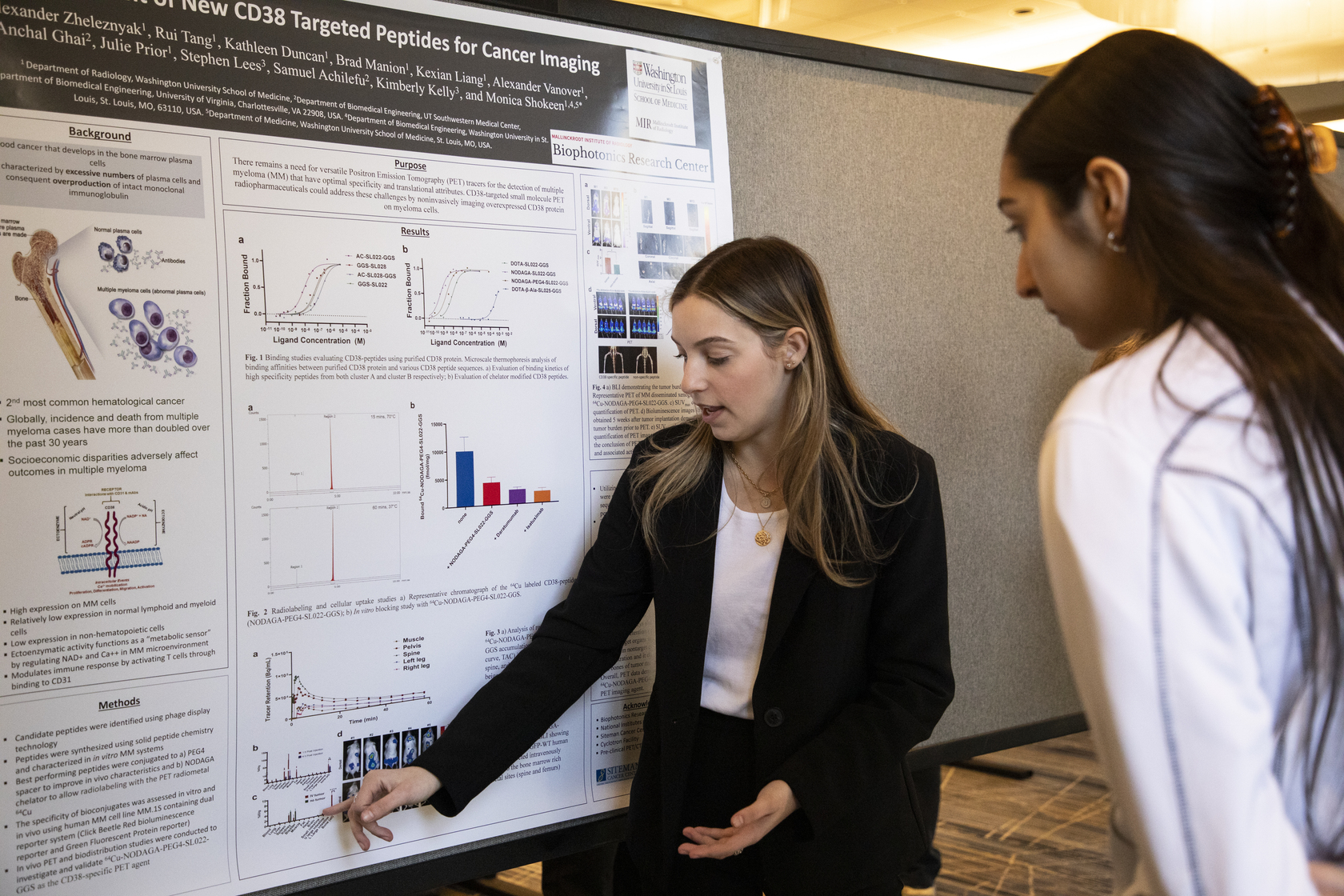What You Need to Know About Virtual Colonoscopies

Colorectal cancer is the second leading cause of cancer death in the United States, but we can change that. Like many diseases, proactive and regular wellness screenings can detect abnormalities in their early and more treatable stages. Screening beginning at age 45 saves lives.
While there are several screening options available, virtual colonoscopy — or computed tomography (CT) colonography — provides a noninvasive option for eligible candidates.

How does virtual colonoscopy work?
A virtual colonoscopy uses low-dose CT scanning and advanced computer software to produce detailed 3D images of the colon. Radiologists search for polyps or other growths inside the colon that may turn into cancer. The entire exam takes about 10–15 minutes.
How is a virtual colonoscopy different from a traditional colonoscopy?
Unlike a traditional colonoscopy, virtual colonoscopies don’t involve a scope or require sedation. The procedure isn’t as invasive as a traditional colonoscopy, and patients are allowed to return to their daily activities immediately afterward.
When should I get screened?
The American Cancer Society now recommends that people at average risk receive regular screenings at age 45 due to the rise of colorectal cancer deaths among people under 50.
Virtual colonoscopies are recommended every five years, while a traditional colonoscopy is recommended every 10 years. People at increased or high risk and those ages 76–85 should talk to their doctor about screening.
Is virtual colonoscopy right for me?
Virtual colonoscopies provide great benefits to those looking for an alternative to a traditional colonoscopy. Candidates include those who have had an incomplete colonoscopy, patients who are unable to tolerate a colonoscopy and those wishing to avoid sedation.
To find out if you’re a candidate or to schedule a virtual colonoscopy, contact your physician.





